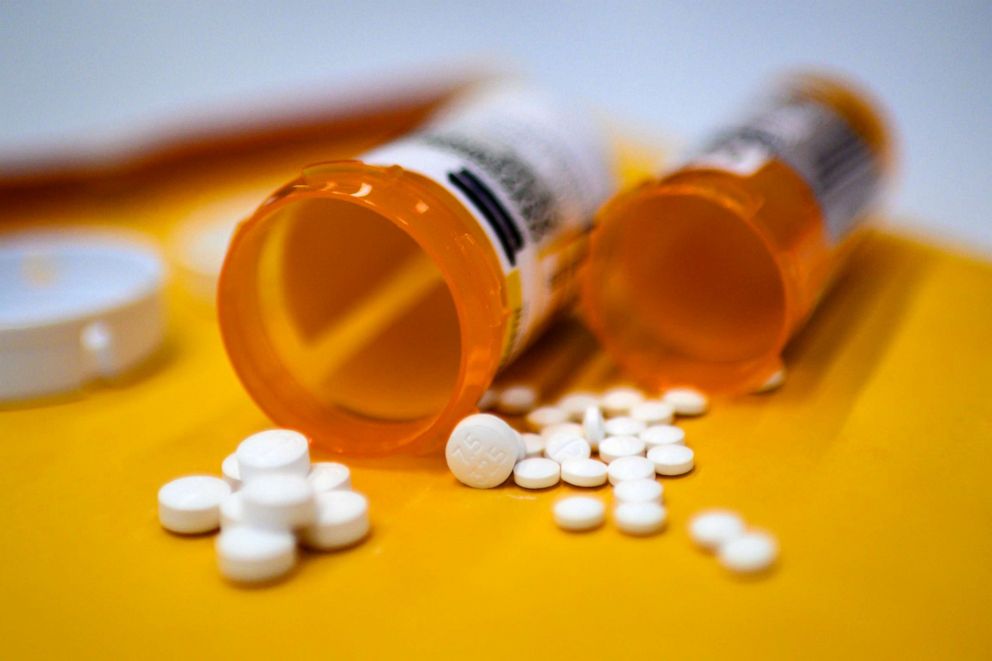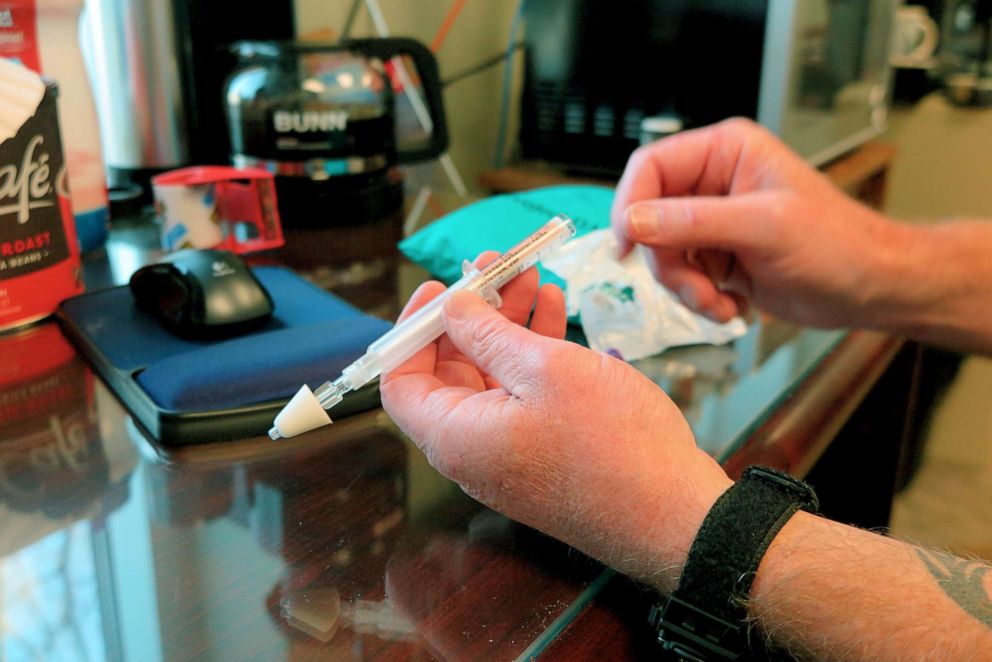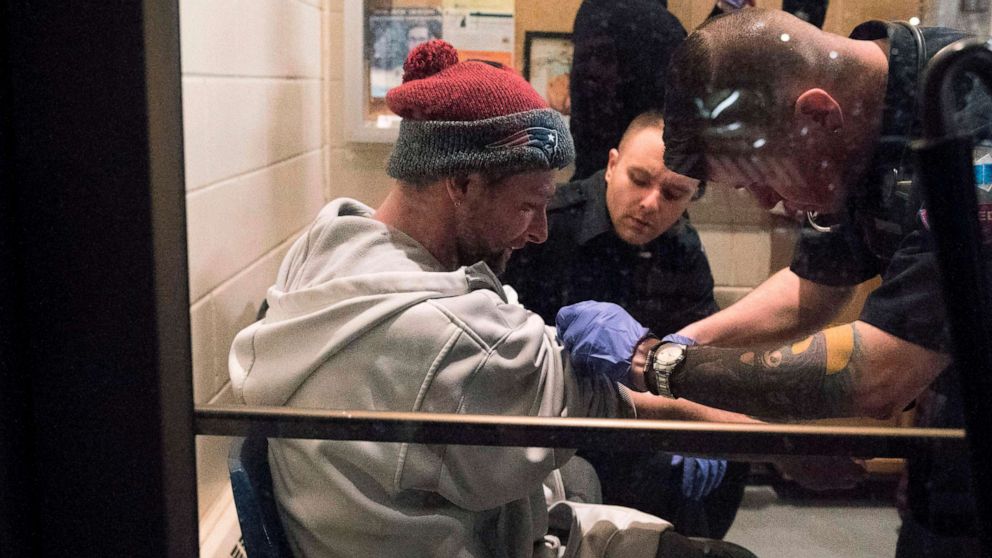COVID-19 exacerbates an already fractured opioid addiction treatment framework: ANALYSIS
Opioid overdoses in the United States have spiked by about 18% during the COVID-19 pandemic, according to the Overdose Detection Mapping Application Program at the University of Baltimore. This, after the CDC reported 2019 opioid overdose deaths topped over 71,000, a record high at the time.
My sister Denise was one of those lost in 2019. She was found dead in July from an apparent opioid overdose. Denise's death occurred after years of interventions and being in and out of various treatment facilities, many of which my parents, wife Valerie and I participated in. In a pre-COVID world, addiction treatments were varied and begged efficacy questions. In the world of COVID, effective treatment options for opioids or any addiction is a major concern.
Why is this spike occurring? The White House Office of National Drug Control policy has said anxiety, social isolation and depression during the pandemic have contributed to the rise of opioid addiction deaths. This raises another question: In the post-pandemic world, how will addiction treatments work?
Pre-pandemic, addiction treatments were as diverse as the individuals involved with the treatment. For opioids specifically, the National Institute of Drug Abuse (NIDA) rates medication treatments of Opioid Use Disorder (OUD) as the most effective, including the use of buprenorphine (Suboxone, Subutex), methadone and extended release naltrexone (Vivitrol). The World Health Organization has said that buprenorphine and methadone are "essential medicines" for OUD addiction treatment.

Yet this month, the American Medical Association raised an alarm stating in part: "More than 40 states have reported increases in opioid-related mortality as well as ongoing concerns for those with a mental illness or substance use disorder in counties and other areas within states. This also includes new reports" -- including numerous studies and news reports from across the country -- "about the need for evidence-based harm reduction services, including sterile needle and syringe services and naloxone," most of which has been non-existent or difficult to access during the COVID crisis.
The other issue is that truly successful treatment is only possible with a "whole patient" approach, known as Medication Assisted Treatment (MAT), which is defined by the Substance Abuse and Mental Health Treatment Administration (SAMHSA) as the use of FDA-approved medications in combination with counseling and behavioral therapies. It was difficult to access treatment facilities offering effective MAT strategies pre-COVID, which are proven to reduce rates of opioid use disorder, and now, access has become harder with social-distancing measures and other COVID precautions paired with the rise in overdoses, as ABC News previously reported.
Part of the issue is the number of facilities that actually provide treatment. "In 2017, there were eight states where treatment facilities did not offer at least one of the three forms of MAT. Only 23% of publicly funded treatment facilities offer MAT, and less than half of private-sector programs report prescribing MAT," according to Health Affairs.

The federal government has provided funding and guidance for treatment options, but it is largely left up to individual states to provide and monitor treatments. This creates disparity with regulations, treatment options, availability and efficacy. As an example, while Massachusetts has laws and regulatory guidelines in place for opioid prescriptions, Alaska has none.
To add to the inconsistency, treatment facilities are also licensed at the state level, giving states great latitude in determining what is and is not a treatment facility. This has produced varied levels of treatment options across the nation since many state regulators don't require facilities to provide all three forms of MAT as a requirement for licensure or certification.
Certification of treatment facilities is also inconsistent. Most states don't require treatment facilities to be certified by any outside body. This is in stark contrast to hospitals or inpatient facilities that are required to be certified under the Joint Commission on Accreditation of Healthcare Organizations (JCAHO).

This means, according to a research paper by Mary E. Wickersham and Stephanie Basey of the College of Coastal Georgia, "the ability of clients to compare clinics for quality is virtually impossible due to the proprietary nature of the private accrediting bodies and the lack of publicly available outcomes data from state or local governments."
Even if the facilities are available, who is able to work in them and provide treatment varies by state. While the federal government has pushed to increase MAT prescribing by nurse practitioners and physician assistants, these providers are still subject to state scope of practice laws. In 28 states, nurse practitioners are prohibited from prescribing buprenorphine without the oversight of a physician with a buprenorphine license. Several states prohibit any prescribing of buprenorphine by nurse practitioners, and one state prohibits the prescribing by physician assistants even with physician oversight.
In contrast, some states have taken measures to reverse these limits. For example, West Virginia and Oregon changed their scope of practice laws to allow nurse practitioners to diagnose and treat OUD with buprenorphine, and South Dakota granted nurse practitioners full practice authority in 2017.
Meanwhile, the pandemic has increased opioid use risk factors. According to the National Institute of Environmental Health Science, almost half of all Americans report the coronavirus crisis has negatively impacted their mental health. There was a 1,000% increase in emotional distress reported to emergency hotlines, and the New York Times has quoted experts calling the COVID-19 pandemic a "national relapse trigger."
Dealing with COVID issues, social distancing and lockdowns is difficult enough for healthy people, but for those like my sister Denise, it could exacerbate addiction issues and delay necessary treatment. Combatting addiction at a time of social distancing may rely on some ingenuity and technology.
Advocates for addiction treatment have said that treatments need to be more accessible -- for example, letting doctors prescribe medications for opioid addiction over the phone and treatment facilities and organizations embracing alternatives to in-person meetings, as some peer-support communities have with Zoom and Skype.
Whatever the answers, as a retired Secret Service Agent, it was a hard reality that I could protect leaders from around the world, but not my sister Denise from this disease, as my wife, Valerie, told Vice President Mike Pence at a 2019 event for families affected by addiction. What is clear is that the status quo of unequal and disorganized treatment is doing nothing but creating an epidemic that is competing with a pandemic.
Donald J. Mihalek is an ABC News contributor, retired senior Secret Service agent and regional field training instructor who served as a police officer and in the U.S. Coast Guard. Opinions expressed in this piece do not reflect those of ABC News.




